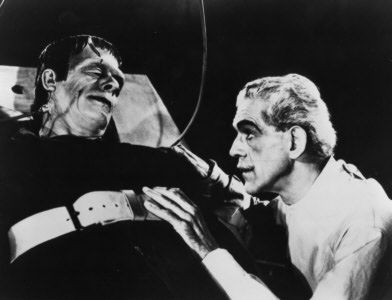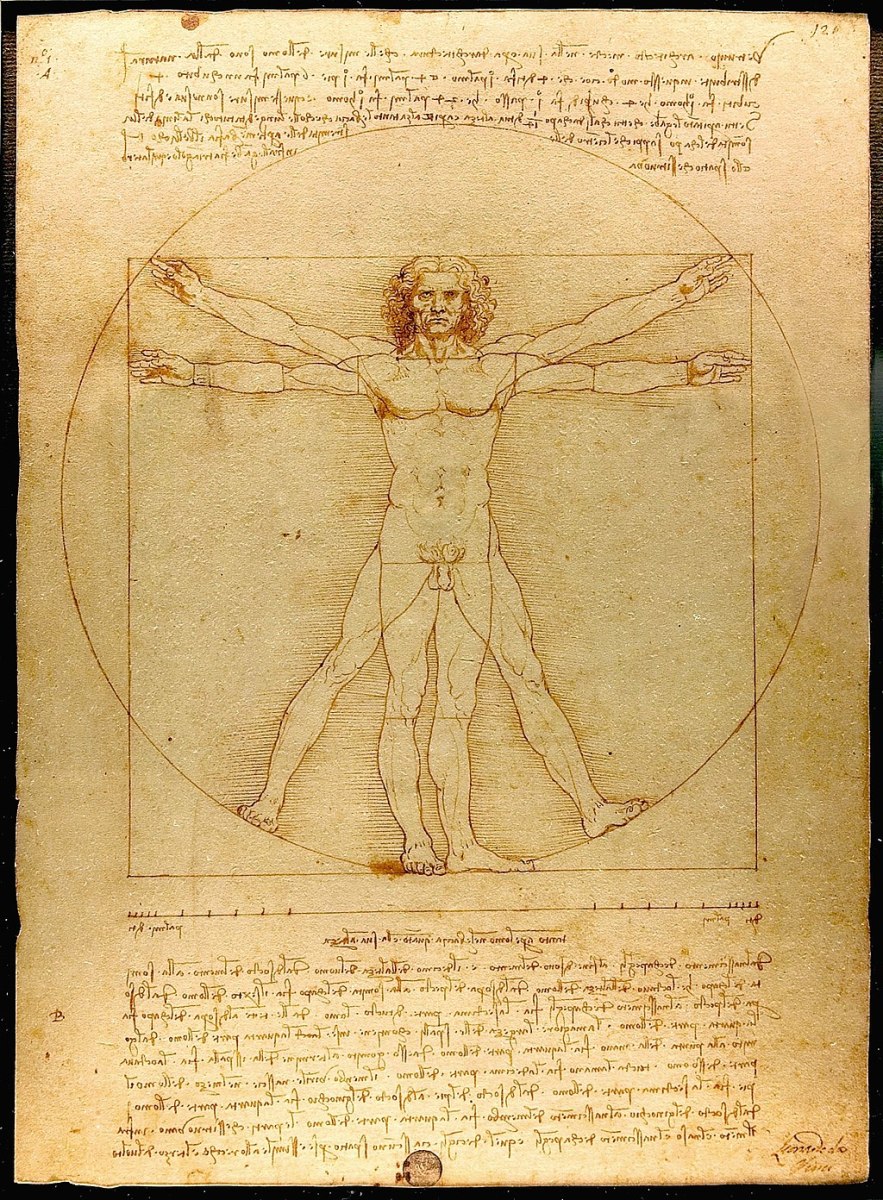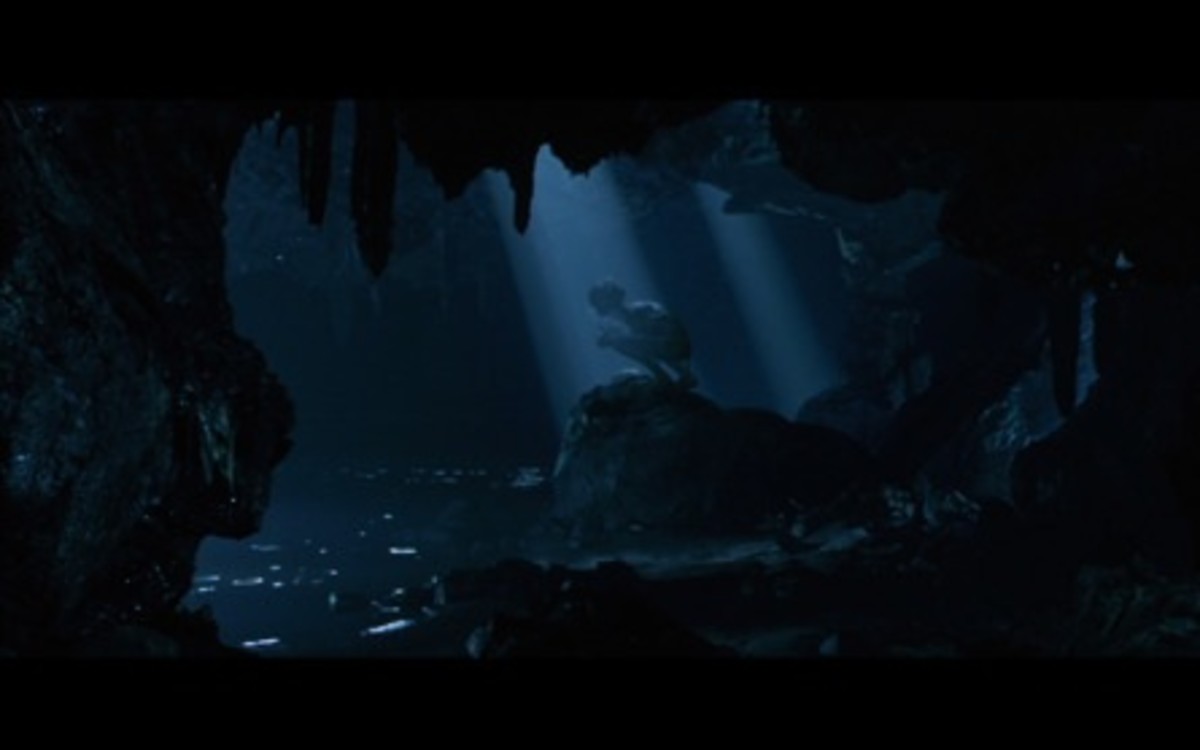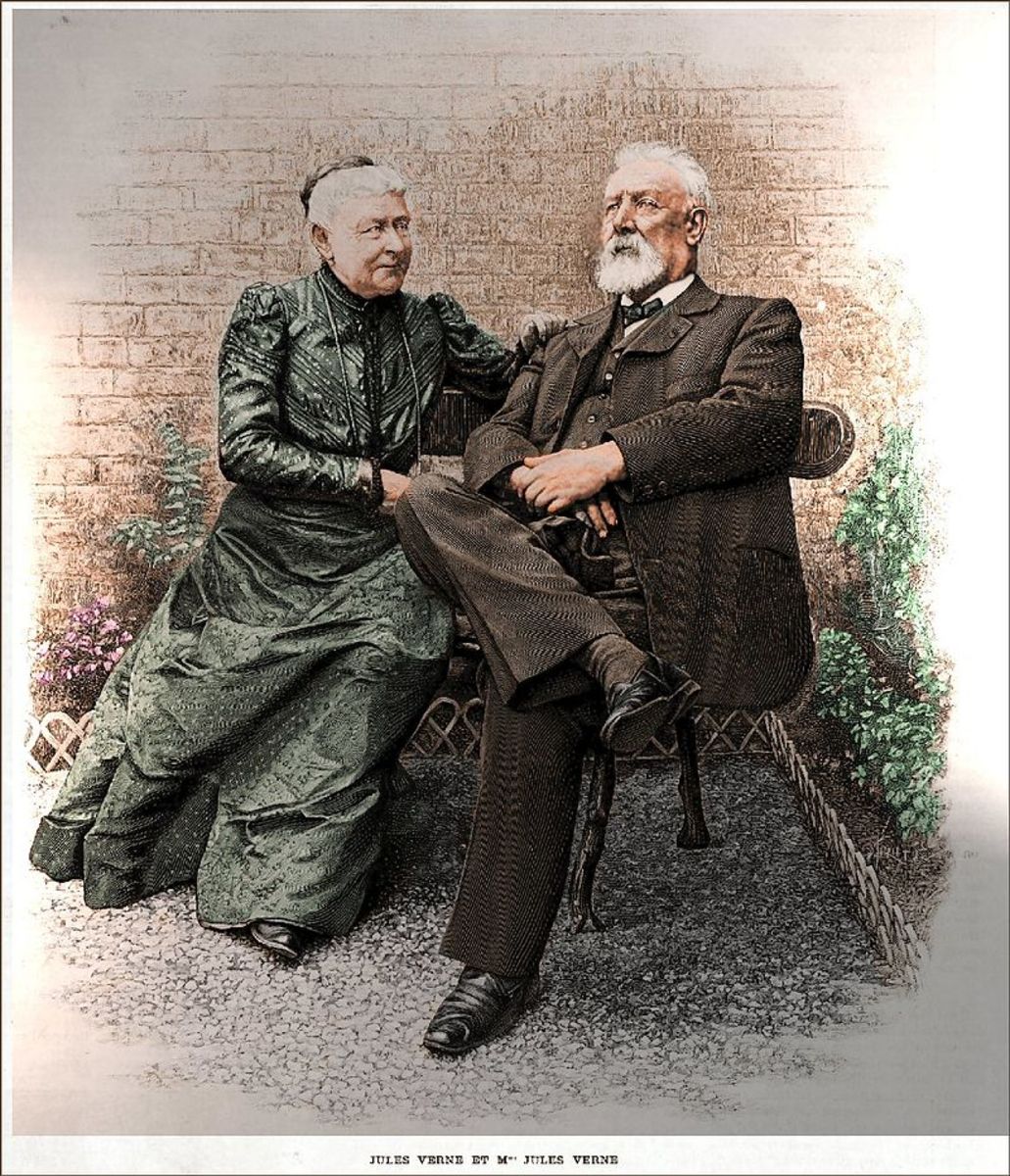Frankenstein: how science, technology and new way of learning kills humanity
Study of Frankenstein by Mary Shelley
Check the link below - Story, summary, and analysis of crucial elements in Frankenstein

Frankenstein 1931 themes, Innovation and pursuit of knowledge in Frankenstein
Several are the disadvantages of the new way of learning in the novel Frankenstein. Pursuit of knowledge and human inventions appear as oppressive forces in the novel. Humanity or human beings are oppressed (literally and allegorically) in the novel. Monster, who is the child of innovation or the new way of learning turned out to be a curse for his creator himself. The monster is the representative of this human knowledge thirst that works against its creator. The new way of learning adopted by Victor was abnormal and destructive as we find in the novel. This abnormal knowledge track destroys the entire elements of traditional culture and goodness.
Mary Shelley’s Frankenstein, the gothic novel, the story of destruction of culture and tradition
Innovation or the new way of knowing destroys the age old base of culture and tradition. The author of Frankenstein Mary Shelley takes up the positive and negative aspects of the new way of learning and beautifully illustrated it in the form of a Gothic novel. The novel Frankenstein was written during an early phase of the Industrial Revolution. It is allegorical and fictional. The novel was conceived during the period of great advances in science and technology. The fight of the creation against the creator appears as a warning that the vigorous application of technology can lead to unintended consequences. The constant clash between tradition and innovation is the base of the novel. This resistance to culture or tradition was found to be the characteristic of the Romantic era, as that period was not characterized by the birth of ruthless technology
Frankenstein monster, the child of science, technology and new way of learning
The novel explains the hazards of the new way of learning. This new way of learning brings adverse effects on the culture and tradition of the society. Creating living beings never confirmed to the traditional standards of those days. The new way of knowing that is illustrated in the novel was totally against the traditional notions of the society. This new way of knowing thus led to disastrous events in the novel. The rapid technological growth and the corresponding inventions restrict the elements of tradition. Human being’s pursuit of knowledge or innovation has given birth to several oppressive forces that attempt to destroy the elements of tradition. These innovative forces often go beyond the limit to destroy not only the culture and tradition but also the whole humanity.
Frankenstein, the result of destructive human inventions
Innovation and the new way of knowing things have always produced unexpected dangerous results that brought the whole humanity under extreme fear. Several of the human inventions are powerful and destructive enough to swipe out the entire humanity from the earth. What about the invention of Atom Bomb? This innovation or the new way of accomplishing things brought nothing but annihilation upon humanity. The inventor of this destructive material did not foresee the annihilation that his invention may cause in the future. In a similar way Victor in Frankenstein never expected the creature that he created to be a monster. Einstein and the whole world saw the ugly face of atom bomb only after it was applied onJapan. Victor also did not intentionally make the monster cruel or ugly. The erroneous path of knowledge acquisition or innovation leads to the creation of monsters.
Frankenstein monster killing humanity
Humanity is making monsters that are powerful enough to destroy their makers. The new way of learning is heading humanity towards destruction. Nations have already in position of atom bombs that are powerful enough to destroy the whole world within seconds. Victor’s monster’s fury made him kill many. The inventor Albert Einstein was in the same plight as experienced by Victor Frankenstein here. What good atom bomb furnished for the betterment of the humanity. Was it ever found to be genuinely beneficial for a single individual in the world? The unwanted pursuit of knowledge has presented nothing but tears, pain, separation and absolute annihilation to the world. The origin of HIV is also suspected to be the result of some devilish pursuit of knowledge and inventions (in a laboratory). The monster is the representative of this human knowledge thirst that works against its creator. The monster or the dangerous knowledge that Victor used to create the monster is the oppressive force that killed Victor’s brother, his wife and finally Victor. Monster was made by abnormal manner of creation. Abnormal knowledge track manufacture nothing but man-eating monsters.
Abnormal knowledge track in Frankenstein
Abnormal knowledge track is attempting to clone human beings. It was a novel way of accomplishing things. Novel way of learning things makes humanity fight against its creator. The creations of humanity in turn fight against them. This abnormal knowledge track is therefore causing a vicious cycle of incidents. Abnormal knowledge track is destroying killing babies inside its mother. Abnormal creation has become the most popular field of study for scientists who represent Victor Frankenstein in the present world. Aggressive and wrong hunt for knowledge or inventions is yet to introduce several more oppressive forces or monsters into this world. HIV has become an oppressive force that has gone much beyond the control. World is about to witness several similar ones readymade from the laboratory!
Frankenstein, detailed analysis with quotes
The idea of abortion or killing of a creation appears in the novel as both Victor and the monster express their opinion regarding the ugliness of the monster. The moment he see his creation Victor says, “When I thought of him, I gnashed my teeth, my eyes became inflamed, and I ardently wished to extinguish that life which I had so thoughtlessly made (Shelley, 1816–1817).” Victor was not happy with the appearance of his creation. Monster also was not happy with this image as he says, “I, the miserable and the abandoned, am an abortion, to be spurned at, and kicked, and trampled on (Shelley, 1816–1817).” Both of them regret over the creation of monster as they wish that Victor had never created such a creature. Victor destroyed the female monster he created. He aborted his work on that creation and stopped the female monster from appearing alive. This abortion is supported in Victor’s explanation of natural philosophy as he says “I at once gave up my former occupations; set down natural history and all its progeny as a deformed and abortive creation; and entertained the greatest disdain for a would-be science, which could never even step within the threshold of real knowledge (Shelley, 1816–1817).” Victor himself is dissatisfied with his creation as he finds it awkward and intellectually unhelpful.
Frankenstein critical analysis, the cruel longing for knowledge in Frankenstein
The novel Frankenstein says that the cruel longing for knowledge, of the light (Light and Fire) is obviously unsafe. The author of Frankenstein Mary Shelley took up this matter (of ruthless knowledge quest and the subsequent birth of oppressive forces) and beautifully illustrated it in the form of a Gothic novel. This resistance to oppression is found to be the characteristic of the Romantic era, as that period was not characterized by the birth of ruthless technology and subsequent oppressive forces. The current world no loner resists the oppressive force, it is so used to it. Victor’ s ruthless pursuit of chase for knowledge created the monster that murdered everyone dear to him. The monster is the eight-foot-tall, horrible creation, which is trying to integrate him into human social patterns. This strange creature is intelligent and sensitive and tries to bring harm to its creator. This ruthless monster, which is the child of technology, represents the dangerous technology, which is the most perilous oppressive force of the society. The then current European view of technology (during the time of the novel Frankenstein) was more or less like a monster or gigantic force that harms the nature and humanity in every possible way.
Story of Frankenstein and the ethics of creating life
The novel Frankenstein also considers the ethics of creating life. It also reveals Mary Shelley's view that man is generally good and it is the society that destroys him. According to her the fault is with the creator not the creation. Here also the monster is gentle and virtuous. He becomes violent and turns to be crazy upon confronting others. This concludes that even though human beings are good, the cruel interventions of the aristocratic society corrupt them. The rejection of the society is yet another theme considered in the novel. The monster is confronted with the constant threat of rejection and violence in the novel. The monster was rejected for his poor physical appearance. Monster the creation is completely forsaken. The monsters experience with human beings reveals that physical beauty is more deemed than quality in the modern world. Peripheral perceptions heavily impact human interactions. Monster had to face outright violence and neglect even though his acts were always helpful and benevolent. The author puts the monster in a sorrowful light. Monster appears to be innocent. He was created out of the selfish act of Victor. He was later forsaken and forced to live alone. The desperate monster finally became crazy and killed his fellow man. Victor Frankenstein was just crazy to be famous within his scientific community. He created the monster without any forethought. He was not reluctant to be against nature.








